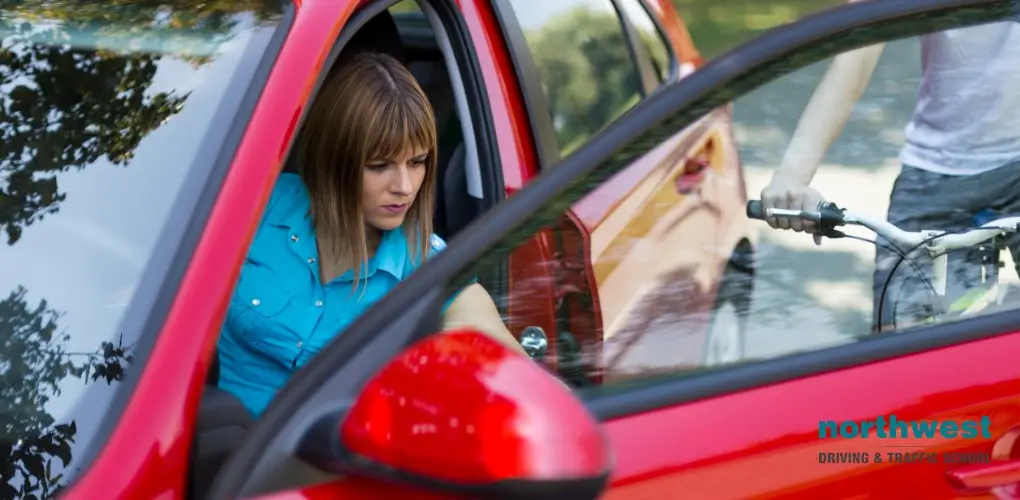- Others
The Dutch Reach: What Is it and Why Should You Be Using It?

More and more people in the US are looking for a more environmentally friendly option for short journeys, and, unsurprisingly, bicycle sales have skyrocketed over the last five years. Around 863,979 people now primarily commute via bike.
Unfortunately, there has also been a connected increase in cyclist deaths, with federal data indicating that the number of cyclists who die each year has hovered between 600 and 800 for the past several decades, with an average of 800 per year from 2006 to 2016.
Initiatives have been implemented across America to protect cyclists, especially in urban areas. Programs like Vision Zero have increased new bike lanes, bike-friendly road designs, increased signage, and other attempts to make roads safer for cyclists in cities such as New York, Denver, Austin, and Los Angeles.
However, your safety and that of other road users are always in your hands, and one way you can ensure that is by reducing one of the most common causes of cyclist accidents: “dooring.”
Table of Contents
What Is “Dooring”?
Dooring is exactly what it sounds like. It is when a motorist opens the door of their vehicle to a cyclist. This can be the fault of the driver, the cyclist, or a combination of both, but it most often results in injury to the cyclist.
One of the most famous incidents of dooring caught on camera was in 2016 when Chris Grayling, the then Transport Secretary for the UK and man in charge of keeping cyclists safe on the streets of London, “doored” a cyclist off his bike while exiting his car.
Using The “Dutch Reach” To Prevent Dooring
One of the most common reasons a door is opened by a cyclist is the perfectly reasonable fact that the most common way to open a car door is with the leading hand, that is, the hand closest to the door.
The issue with this is that it can be done while facing forward, and the most common cause of dooring is drivers not checking for oncoming cyclists before opening their doors.
The Dutch Reach is so-called because it is mandatory in Holland, a country famous for its cyclists. It instructs the driver to use the offhand, the one usually used for changing gear, to open the door.
This change of hand naturally turns the driver’s head, so it becomes easier and instinctual to look over the shoulder and check for oncoming cyclists. Using the offhand also limits how far the door can be opened, meaning the door cannot just be swung open into the middle of the street.
The Dutch Reach is expected to become part of driving tests across Europe and America over the next decade to reduce cyclist injuries and The Royal Society for the Prevention of Accidents (RoSPA) has already released the following advice for both drivers and cyclists:
Advice for Drivers
Check your rear-view mirror and side-view mirror before opening your car door with your far-side hand. The Dutch Reach forces your body to turn, making it a habit to look for cyclists.
Open your door slowly at first; do not fling it open.
Advice for Cyclists
Cycle outside of the ‘door zone.’ Ride at least a meter away from parked cars to avoid opening car doors on streets with and without cycle lanes. It is useful to remember the saying: ‘Door and a bit more.’
Be aware of situations that could indicate a car door opening. Look out for recently parked vehicles, vehicles with occupants visible through the window, taxi or delivery vehicles, or the sight or sound of a door opening.




